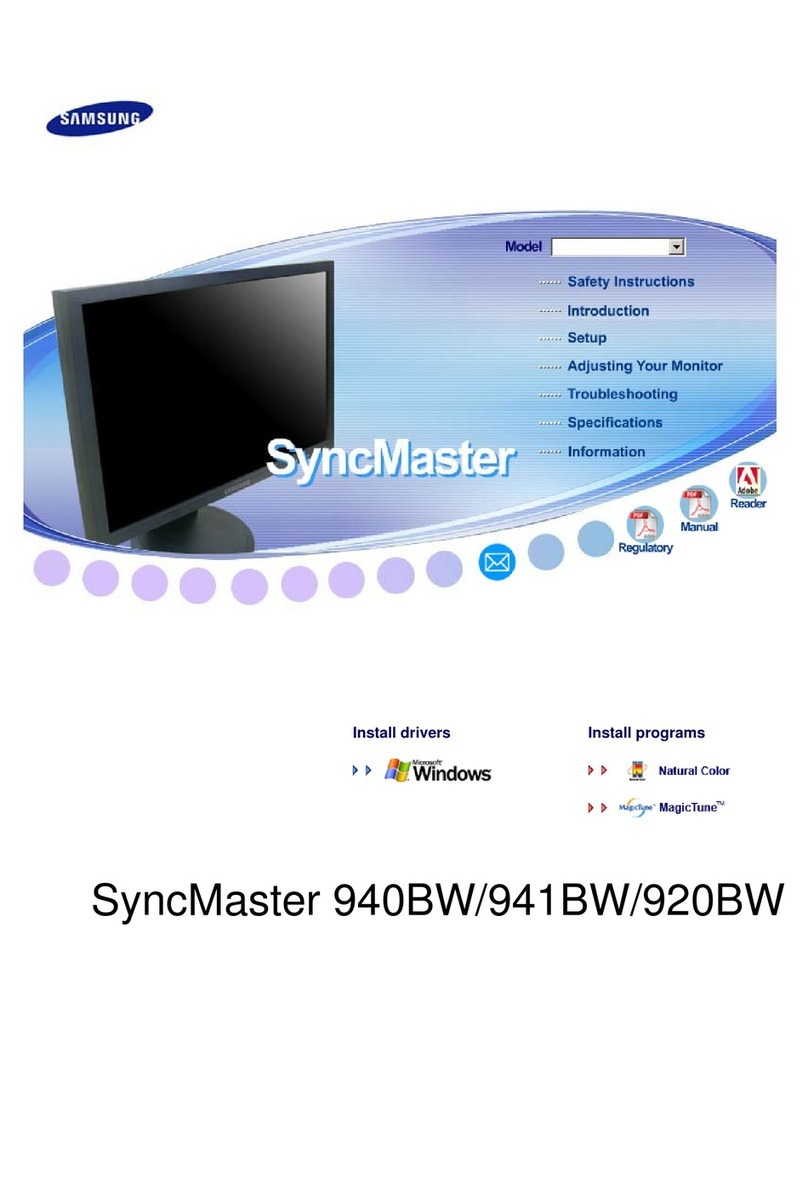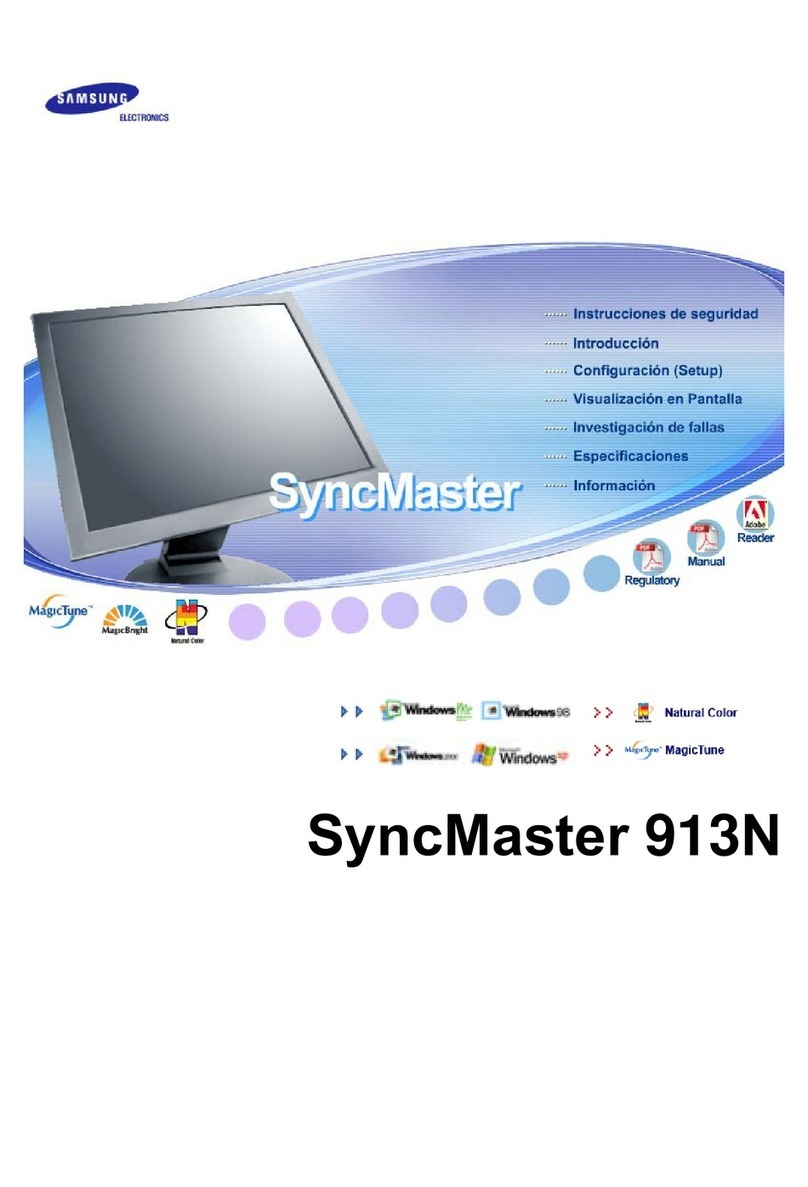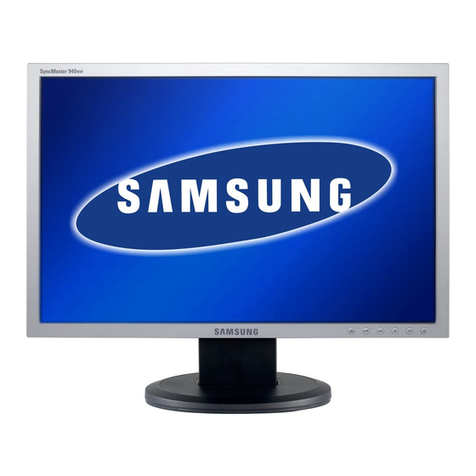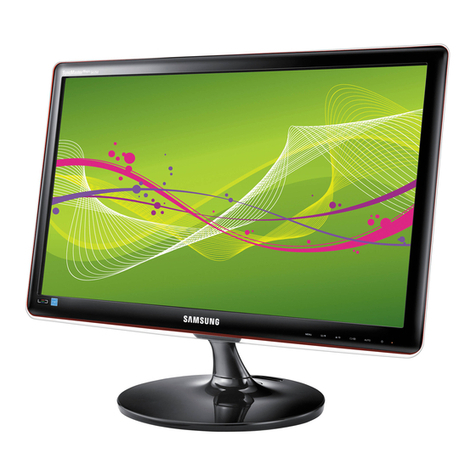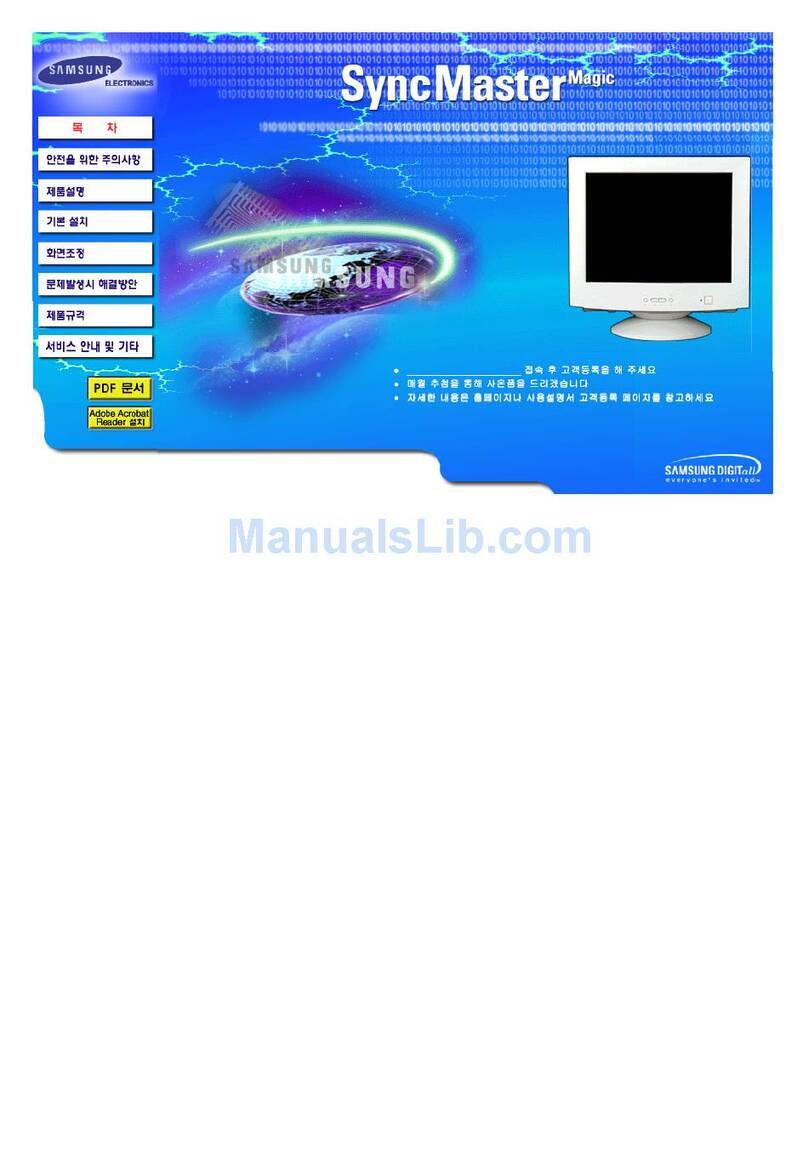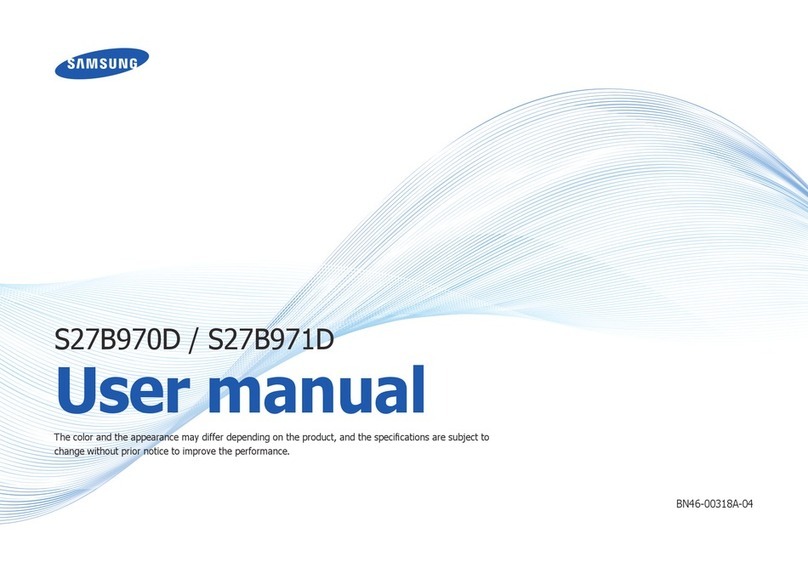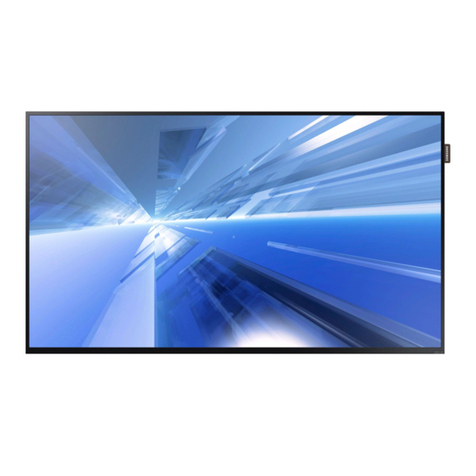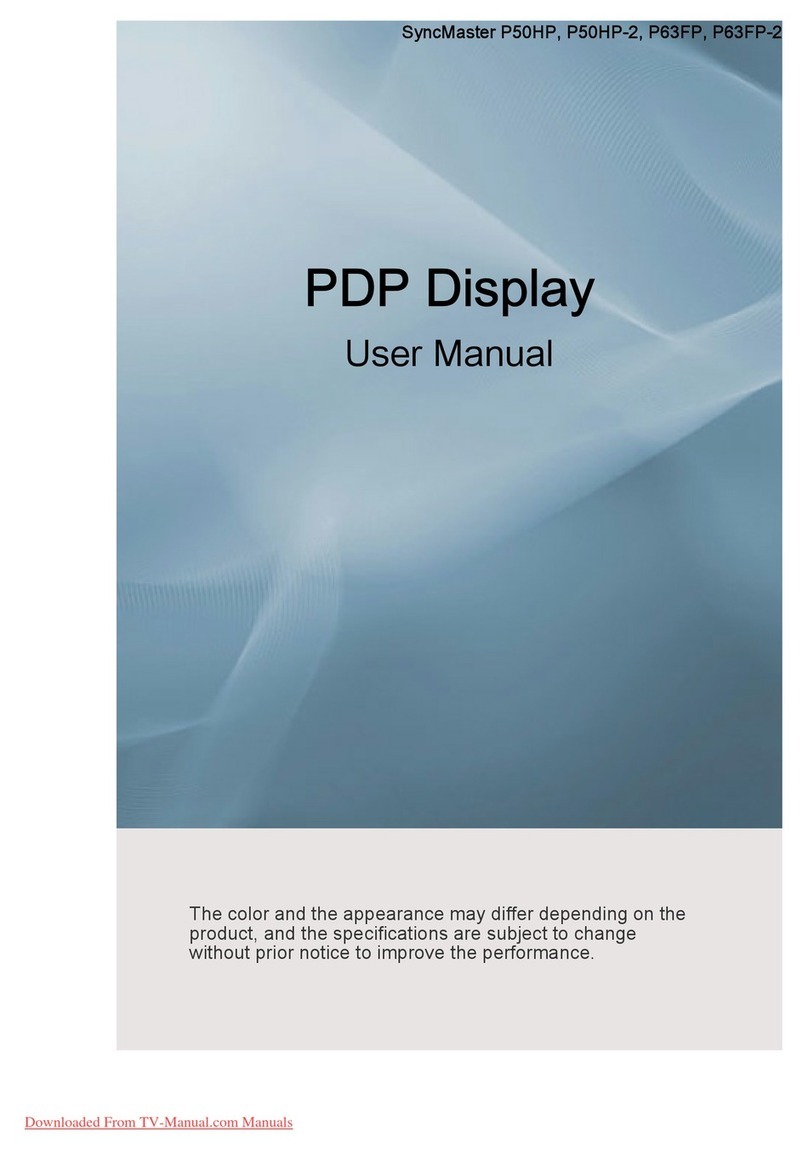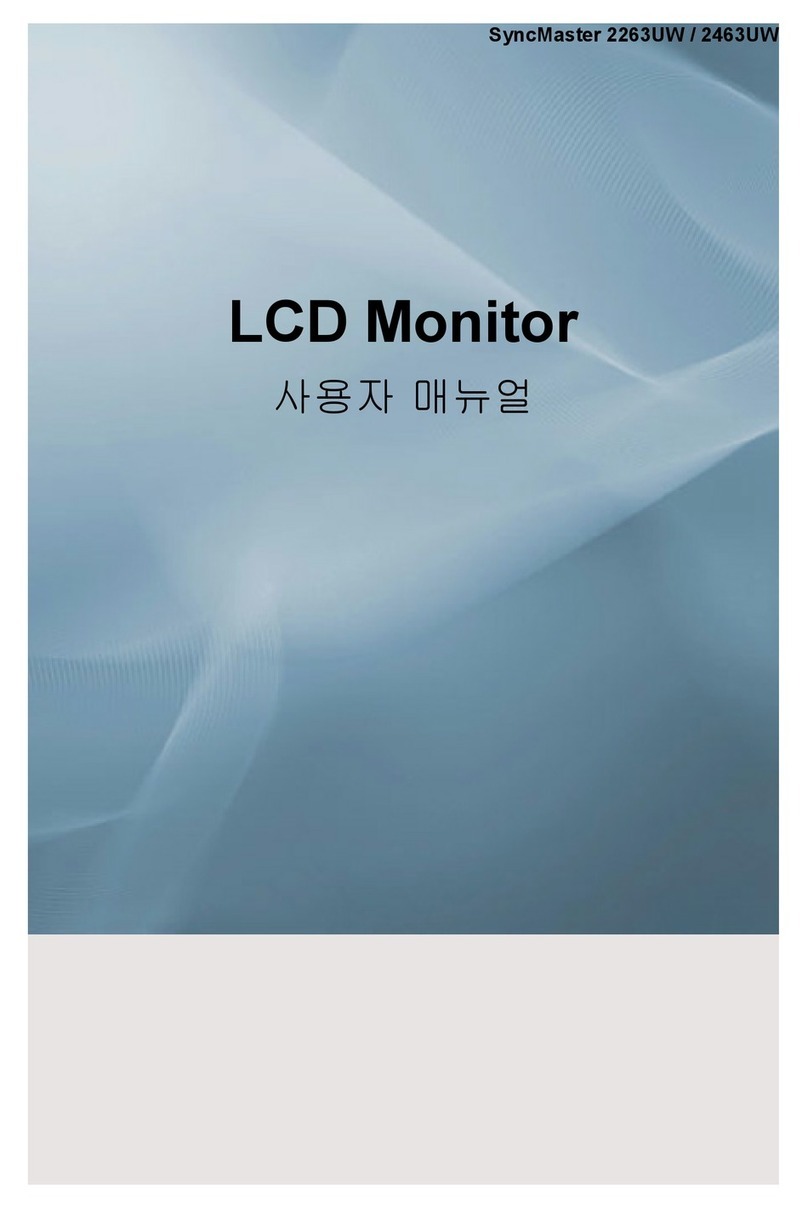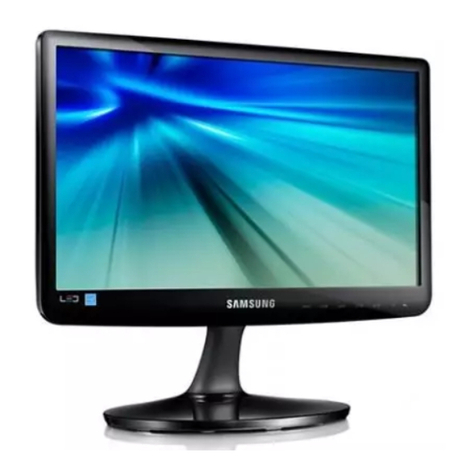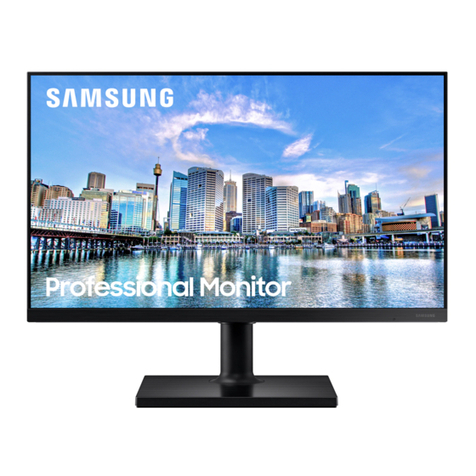NOTE
This equipment has been tested and found to comply with the limits for a Class A digital device, pursuant to Part 15
of the FCC Rules. These limits are designed to provide reasonable protection against harmful interference in a
residential installation.
This equipment generates, uses and can radiate radio frequency energy and, if not installed and used in
accordance with the instructions, may cause harmful interference to radio communications. However, there is no
guarantee that interference will not occur in a particular installation.
If this equipment does cause harmful interference to radio or television reception which can be determined by
turning the equipment off and on, the user is encouraged to try to correct the interference by one or more of the
following measures.
- Reorient or relocate the receiving antenna.
- Increase the separation between the equipment and receiver.
- Connect the equipment into an outlet on a circuit different from that to which the receiver is connected.
- Consult the dealer or an experienced radio,TV technician for help.
- Only shielded interface cable should be used.
Finally, any changes or modifications to the equipment by the user not expressly approved by the grantee or
manufacturer could void the users authority to operate such equipment.
▶
DOC COMPLIANCE NOTICE
This digital apparatus does not exceed the Class A limits for radio noise emissions from digital apparatus set out
in the radio interference regulation of Canadian Department of communications.
FCC RF INTERFERENCE STATEMENT
CONNECTING WITH EXTERNAL EQUIPMENT
A. BACK PANEL CONTROL
1. HDMI IN 2. DVI IN
3. PC VGA IN 4. PC STEREO IN
5. AUDIO OUT 6. COMPONENT IN
7. COMPONENT AUDIO L/R IN 8. Trigger Input
9. AV 1 IN : Composite signal input for AV 1 10. AV 1 OUT : Video looping out for AV 1
11. AV 2 IN : Composite signal input for AV 2 12. AV 2 OUT : Video looping out for AV 2
13. S-VIDEO IN : Y/C separated signal input 14. S-VIDEO OUT : Y/C separated signal looping out
15. AV 2 AUDIO L/R IN : Audio L/R input. This input is for AV 2
16. AV 1, SVIDEO AUDIO L/R IN : Audio L/R input. This input is for AV 1, S-VIDEO
17. AC POWER IN
REMOTE FUNCTIONS
B. REMOTE CONTROLLER
1. POWER( ) : Turn the power ON or OFF. There will be a few
seconds delay before the display appears.
2. SOURCE : Select pc or video(AV1/AV2/S-Video/Component/
HDMI/DVI/PC) sources.
3. AUTO : Auto geometry adjustment in PC Source.
4. HOLD : Stop the Trigger & Auto switching functions.
5. MUTE : Mute the sound.
6. MENU : Activates and exits the On Screen Display.
7. EXIT : Exit the On Screen Display.
8. VOL(
◀ ▶
) : Increases or decreases the level of audio volume.
9. UP/DOWN : Move to OSD menu.
10. SOURCE/SELECT : Accept your selection or displays the
current mode.
11. INFO : Input mode information Display.
12. STILL : Stop the picture.
13. PIP (Picture In Picture) : Activate PIP mode.
14. P.INPUT : Select PC or video source.
15. P.POS : Move the position of sub picture for PIP mode.
16. P.SIZE : Change the size of sub and main picture for PIP mode.
17. SWAP : Alternates between main and sub picture.
18. ARC (Aspect Ratio Control) : Select screen ratio.
19. APC (Auto Picture Control) : Select picture mode.
20. ACC (Auto Color Control) : Select Colour mode.
21. S.SET : Select Sound mode main input or sub input
22. PC : Select PC mode(PC, DVI & HDMI).
23. AV : Select AV mode.(AV1,AV2 & S-VIDEO).
24. COMP : Select COMPONENT mode.
1 2 3 4 5 6,7 8 9 10 11 12 13 14 15 16 17
2
1
3
4
6
11
8
10
5
7
12
9
16
15
14
18
22
13
17
21
20
19
24
23
